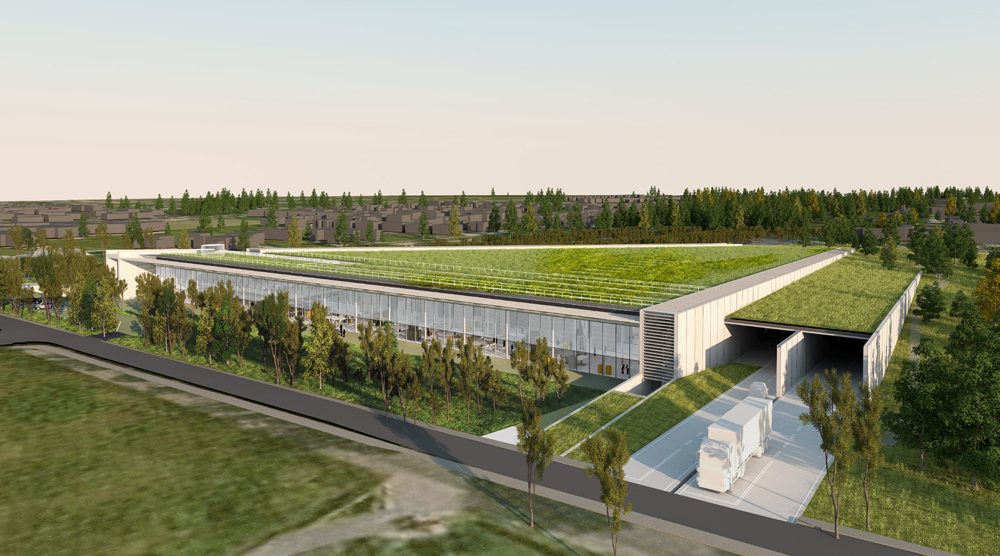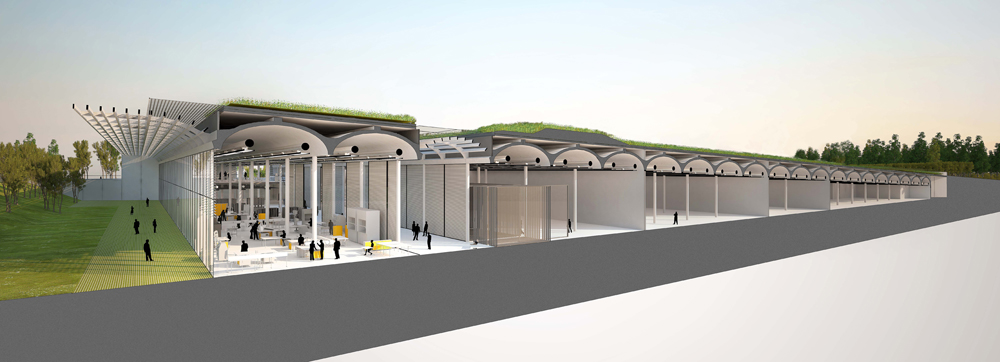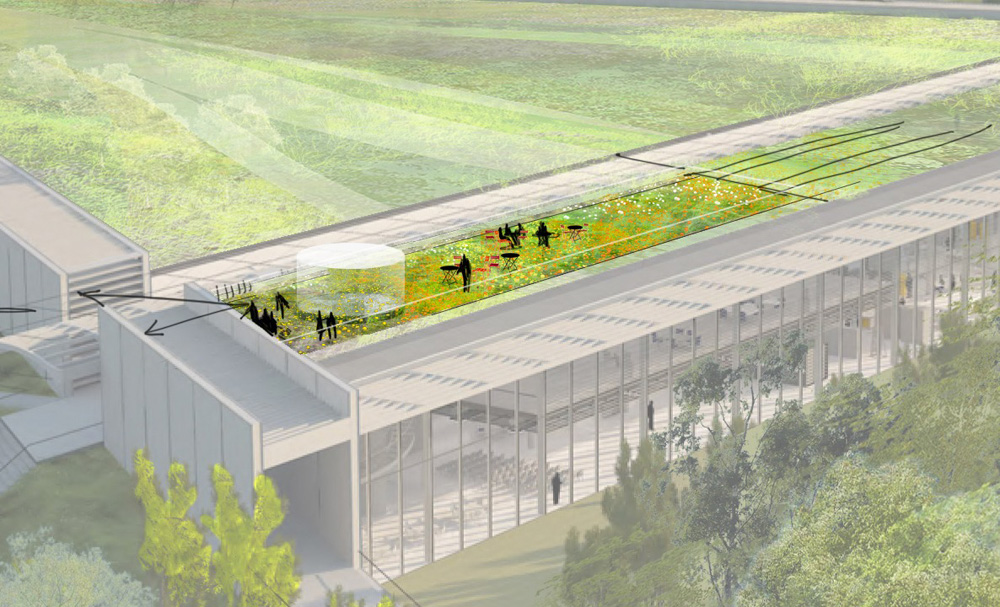
Rogers Stirk Harbour + Partners has been selected to construct a new storage and conservation center for the Musée du Louvre. The new facilities will be located in Liévin, 200 kilometers north of Paris near the Louvre-Lens. The center is expected to open in 2018, and moving the collections will take until 2023.
Collections at Risk
The Musée du Louvre has perhaps the world’s greatest collection, with 460,000 objects dated from 4,000 BC to 1838. Some 35,000 artworks are on display in the museum. The rest are stored in underground facilities which were built with the 1980s Grand Louvre project, and in off-site facilities which are not very accessible and which cost the museum at least €3 million annually to rent.

The 250,000 objects stored under the Louvre are increasingly at risk of a flood from the Seine. The river overflowed five times in the 20th century, including the catastrophic flood of 1910. In 2003, a flood alert preempted the Louvre and other museums to move 100,000 artworks out of Paris – the largest relocation of art since World War II.
In 2008, the French Ministry of Culture proposed a new national center for conservation, restoration, and research with storage facilities for the Louvre, Musée d’Orsay, and Musée du Quai Branly. The project was planned for a site in Cergy-Pontoise, 30 kilometers northwest of Paris, but it never developed. In 2013, the Louvre launched a new proposal for facilities in Liévin, near the Louvre-Lens.
Regional Funding for the Liévin Site
The Louvre-Lens opened in 2012 (after the Centre Pompidou-Metz in 2010) with an initiative to decentralize French national cultural institutions beyond Paris. Lens was selected because it has quick TGV connections to Paris, Brussels, and London, and because the Nord-Pas-de-Calais regional government provided half the project’s €150 million budget in order to transform the former mining town into a cultural destination.

After the Louvre-Lens had 900,000 visitors in its first year, Nord-Pas-de-Calais is ready to expand its investment with the Louvre by providing 49 percent of the €60 million budget for the storage facilities in Liévin. The remaining 51 percent will be funded by Agence France-Muséums with the Louvre’s contract for the forthcoming museum in Abu Dhabi.
Opposition to the Move
The site in Liévin has support from the Ministry of Culture and both the former and current presidents of the Louvre, but otherwise there is great contention about its distance from Paris. A two-hour ride on the TGV (four hours roundtrip) will be prohibitive if not impossible for curators and researchers who assert that the museum’s scholarship and research activities will be paralyzed by the move. The art will have to travel 200 kilometers as well, by truck, which introduces costs and risks other than floods.
In October, 42 of the Louvre’s 45 curators signed a letter urging the Ministry of Culture and the museum’s president to reconsider the project. In February, 13 former curators and department heads appealed to the president of France with a letter that gained 3,000 signatures. The opposition has been well documented by La Tribune de l’Art.
RSHP Design

The project is moving forward, however, and a design was announced this month. Rogers Stirk Harbour + Partners is the London-based firm founded by Richard Rogers, who designed with Renzo Piano and Gianfranco Franchini, Paris’ landmark Centre Pompidou. For the 20,000-square-meter facility in Liévin, RSHP have designed one of Europe’s largest facilities for study and research within a budget of €60 million.

The new Centre de Reserves du Musée du Louvre will be set into the natural environment, with a green landscaped roof and a glazed façade. The storage facilities, which will accommodate 250,000 artworks, will span a series of vaults across one floor. Research facilities and public spaces will face out onto the landscape to permit natural light.

RSHP will work in partnership with the landscape firm Mutabilis Paysage, technical consultants Egis Bâtiments Nord, environmental consultants Inddigo, and economists VPEAS. Construction is set to begin in 2017 and the facility will begin to receive art in late 2018.